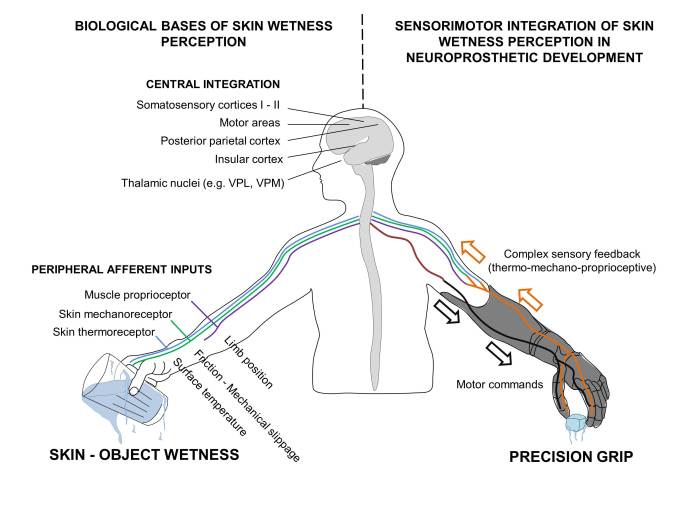PhD Studentship - Industry co-funded PhD Studentship: “Multisensory modelling of wetness perception during baby hygiene absorbent products interactions”
Loughborough University
| Qualification type: | PhD |
| Location: | Loughborough |
| Funding for: | UK Students, EU Students |
| Funding amount: | £18,553 per annum |
| Hours: | Full Time |
| Placed on: | 8th June 2017 |
| Closes: | 1st July 2017 |
| Reference: | LDS/DFPG/2017 |
| ★ View Employer Profile | |
Application details:Reference number: LDS/DFPG/2017
Start date: October 2017
Interview date: Shortly after deadline
Primary supervisor: Dr Davide Filingeri
Start date: October 2017
Interview date: Shortly after deadline
Primary supervisor: Dr Davide Filingeri
We are seeking excellent candidates with interests in human physiology/sensory neuroscience applied to product engineering who want to study at a top 20 UK research-led University whilst collaborating with a market-leader industry partner (Procter & Gamble).
The PhD candidate will benefit from a four-year studentship that includes an enhanced EPSRC tax-free annual stipend of £18,553 per annum and UK/EU tuition fees and a Research Training Support Grant worth £1,750. The candidate will also spend 3 months at the Procter & Gamble Innovation Centre in Germany, where they will contribute to fast-tracking translation of academic research into industrial impact.
Project Detail:This project is co-sponsored by Procter & Gamble and it is based on Dr Filingeri’ s recent discovery of the neural mechanisms underlying skin wetness perception.
The perception of wetness is the most critical determinant of comfort of hygiene absorbent products, amongst which baby nappies; yet we know very little on what sensory cues (i.e. visual, thermal, tactile, smell, sound) contribute to wetness perception during absorbent products interactions. Baby nappies are unique products as their comfort and acceptability is assessed by the baby’s caregiver rather than by the wearer. This poses a major challenge to understanding what aspects of the product and of the interaction between carer and baby can be improved, to reduce wetness perceptions and maximize carer and wearer’s comfort.
The proposed research will investigate wetness perception during baby hygiene absorbent products interactions, using a combination of physiological and psychophysical measurements in human subjects. The knowledge produced will provide novel insights on the neural mechanisms of multisensory integration in humans and will support innovation in user-centred-design and engineering of more comfortable hygiene absorbent products for babies and adults.
Entry requirements:Applicants should have, or expect to achieve, at least a 2:1 Honours degree (or equivalent) in a relevant science or engineering degree such as (but not limited to) human physiology/biology, exercise science, psychology, ergonomics, biomedical engineering, product/industrial design. A relevant Master’s degree and/or experience in one or more of the following will be an advantage: sensory/cognitive neuroscience, human factors/ergonomics, research experience with human participants.
Funding information:This project is funded by the Engineering and Physical Sciences Research Council (EPSRC) as part of the Doctoral Training Partnership (DTP) awarded to Loughborough University.
Benefits of this DTP-studentship include:
- An enhanced tax-free stipend of £18,553 per annum (17/18 academic year) for 4 years.
- Tuition fees at the UK/EU rate, for 4 years.
- A Research Training Support Grant worth at least £1,750 to assist with training over the course of the studentship.
- Admission to the University as part of a cohort of EPSRC-DTP funded PhD students
Due to funding restrictions, this is only available to those who are eligible to pay UK/EU fees. In order to qualify for a full award, all applicants must meet the EPSRC eligibility criteria including the minimum UK residency requirement https://www.epsrc.ac.uk/skills/students/help/eligibility/
Contact details:Dr Davide Filingeri, d.filingeri3@lboro.ac.uk, +44 1509 228169
How to apply:All applications should be made online at http://www.lboro.ac.uk/study/apply/research/. Under programme name, select Loughborough Design School
Please quote reference number: LDS/DFPG/2017



